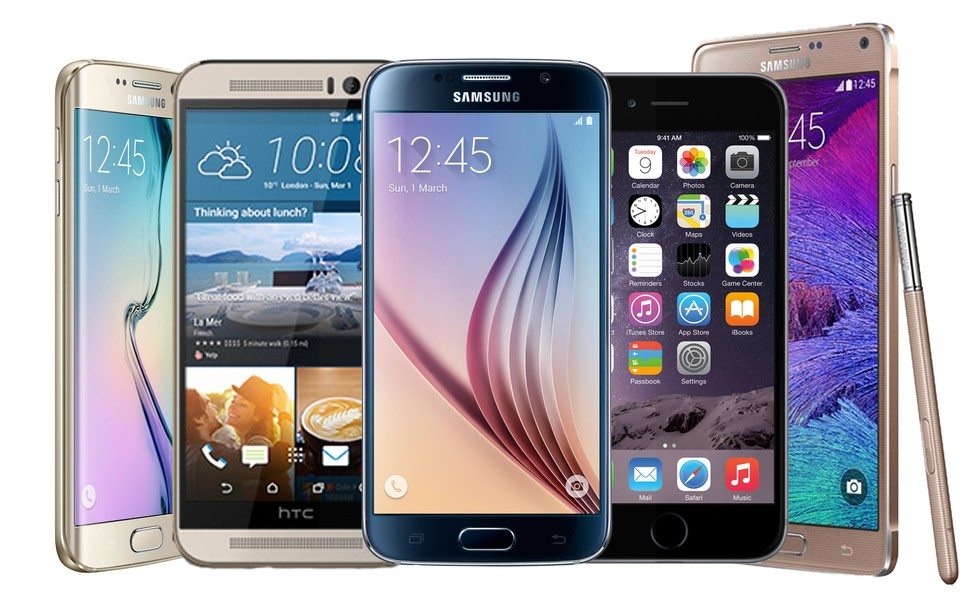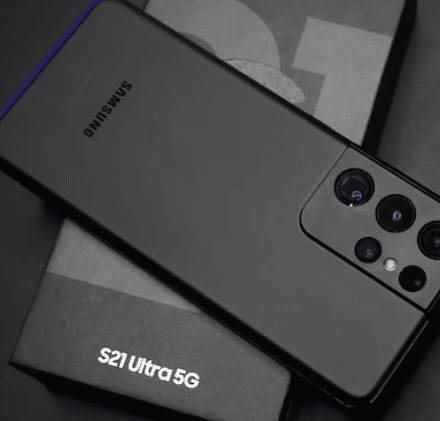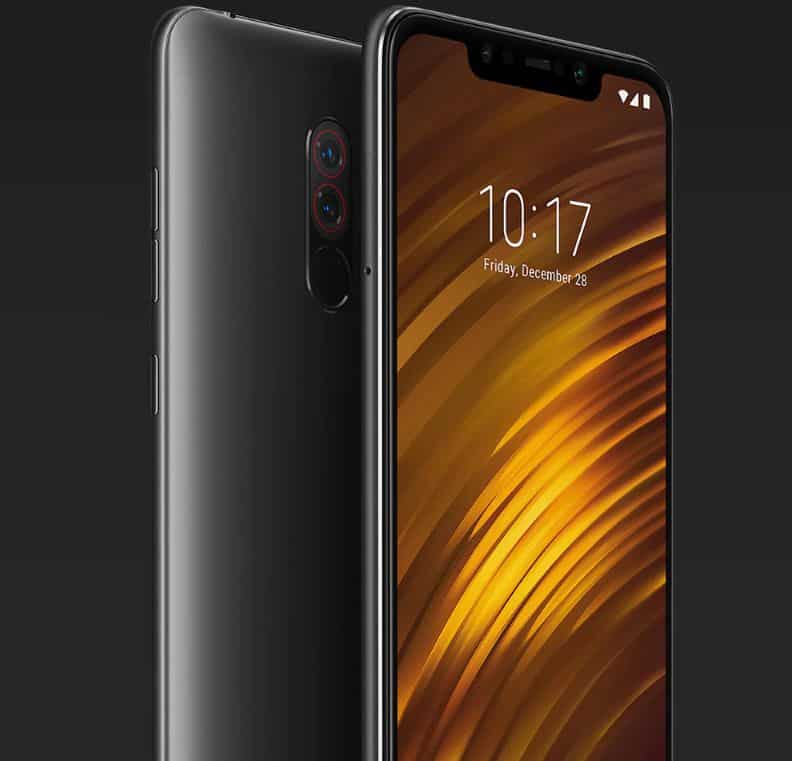The Mobile World Congress is the hottest tech party in town attended by the who’s who of the mobile world, with an exception of Apple. The recently concluded Mobile World Congress, or MWC 2018 as it is popularly called, was no different. The tech even that was held in Barcelona, Spain, from February 26 to March 1, saw an interesting line up of launches that included some premium smartphones, smartwatches, and tablets, besides, new trends emerging on the horizon.
The Samsung Galaxy S9 and S9+ and 5G took the center stage at the event, but there was a lot more going on on the sidelines. Much of what happened at MWC 2018 will dictate what our smartphones and gadgets will shape up in the future. That’s why we are bringing you this detailed rundown of the key developments from MWC 2018.
The Mobile World Congress
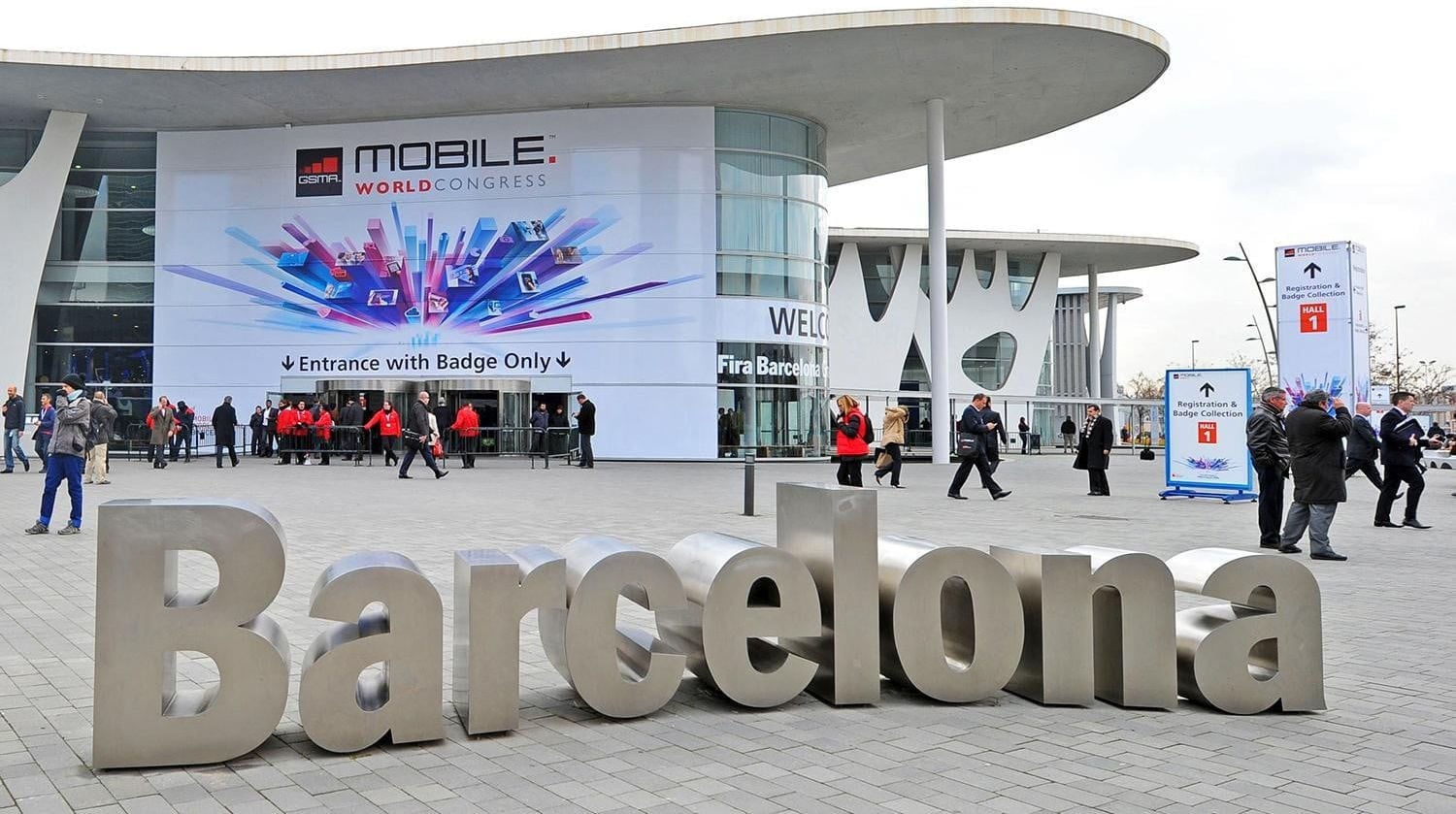
Before getting into all that went on at the MWC 2018, let’s establish what the event is all about.
The Mobile World Congress, which took form as the GSM World Congress back in the 1980s, is an annual GSMA-run trade show held primarily for the benefit of traders instead of the end buyers. Over the years, it has become a de facto launch platform for some of the biggest smartphones and offshoots such as tablets, phablets, smartwatches, and even 2-in-1 devices and also laptops, in some cases. During the nascent stages of the MWC, it was decided that the annual tech event would move around Europe. However, it has been hosted in Barcelona, Spain, for many years. For the first few years, the conference was held in different cities every year, going from Nice o Berlin, Lisbon, Athens and Madrid. In 1996, it was held in Cannes, which served as the base for the event for the next 10 years before the base was shifted to Barcelona.
Apart from manufacturers descending upon the tech event to showcase their products, it also attracts industry experts and heavyweights who come ready with unique insights on the future of mobile technology. This year, mobile chips, VR, AI, and above all, 5G dominated that segment of the MWC.
Here are all the key highlights from the prestigious meet:
Samsung Galaxy S9 and S9+
The opening of the MWC 2018 was dominated by the launch of Samsung’s flagship smartphones, the Galaxy S9 and Galaxy S9+. The electronics giant has been quite open about its intent to unveil the two models ahead of the MWC and kept its word by launching the much-awaited and much-hyped smartphones during a press event at the Congress. In terms of design, the two phones look and feel similar to their predecessors, the Galaxy S8 and S8+.
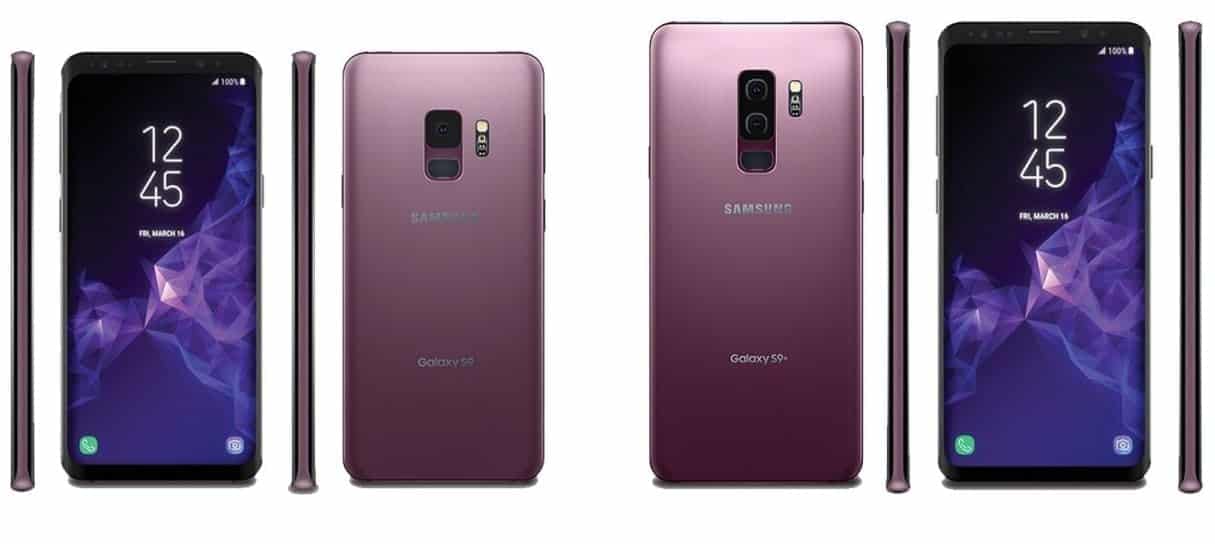
These striking similarities are a strength more than a hindrance to the performance of these phones. That said, the two flagship phones do come with a host of significant changes. HDR display, dual-aperture camera, latest and top of the line processors, readjustments of the fingerprint sensor to a more practical middle of the back position are just some of the features that contribute to the Galaxy S9 and its bigger cousin emerging as formidable giants in the Android smartphone segment, poised to rule the roost for at least a whole year.
Asus ZenFone
Asus entered the fray of the Mobile World Congress with three new phones in its kitty, which included the mid-segment ZenFone 5 and the flagship ZenFone 5Z. Both these handsets were quick to invite inevitable, sharp comparisons with other handsets in the market because of the notches included right at the top of the screen.
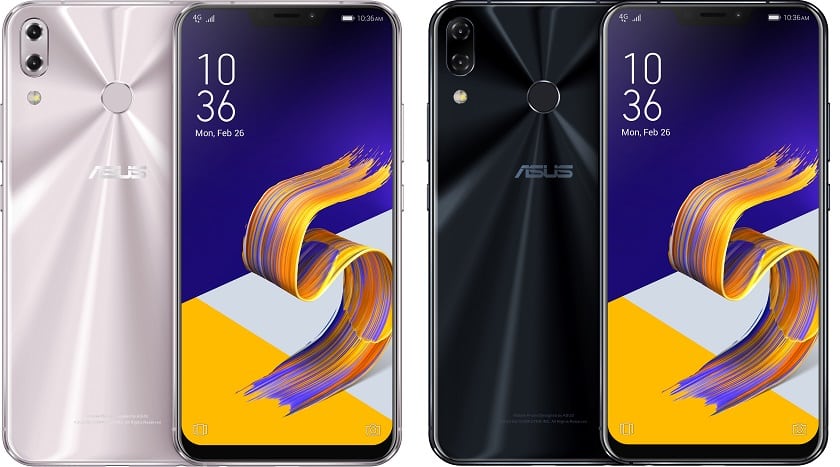
On a cursory glance, the phones bear a striking resemblance to the iPhone X but Asus has strongly refuted claims of having borrowed the design from Apple’s current flagship offering and claimed the notches were a result of user demand for bigger displays. The display aside, both these devices offer quite of a few impressive features such as the inclusion of the Qualcomm Snapdragon 636 processor for firing up the slick 6.2-inch ZenFone 5. But where Asus really ups the ante is by packing a powerful punch with the ZenFone 5Z that runs on the high-end Qualcomm Snapdragon 845 processor, and boasts of 8GB RAM and 256GB of internal storage.
Huawei’s Mixed Bag
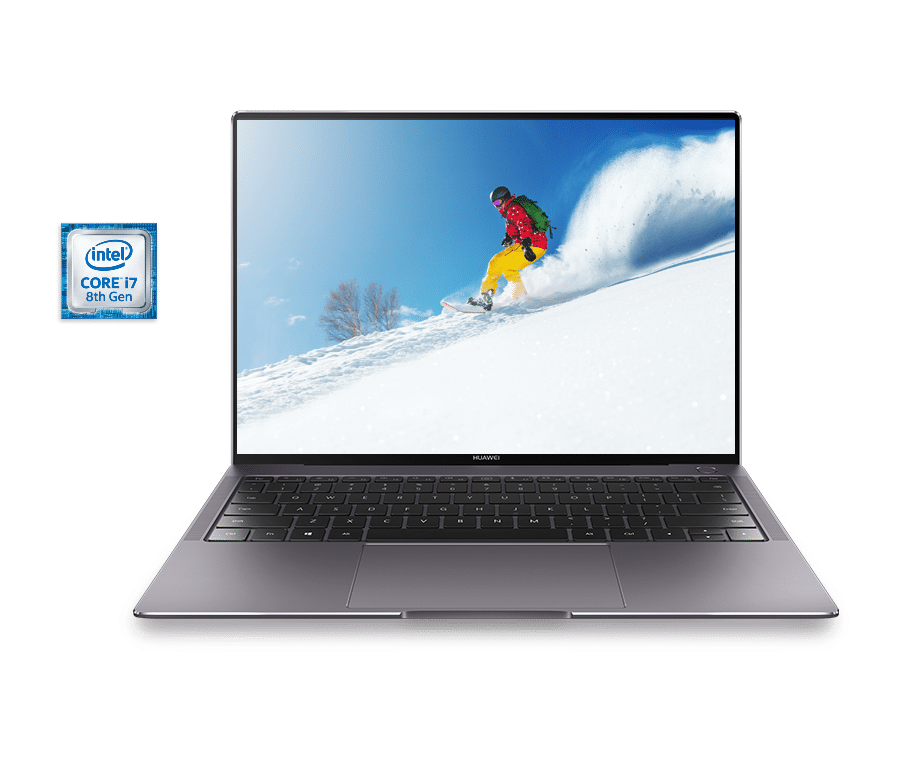
Huawei has had an unclear relationship with the MWC. The Chinese company participates in the conference year after year and even uses the platform to launch new devices, with an exception of its new flagship phones for the year. For the MWC 2018 too, the company stuck to this tried and tested position. It refrained from launching the flagship Huawei P20 at the MWC but did use a press event at the conference to unveil a mixed bag of gadgets that included three new tablets – 8.4 and 10.8-inch variants of the MediaPad M5 and the MediaPad Pro – and a new laptop, the Huawei MateBook X Pro.
Sony Two New Xperia Models
Sony also came to the MWC expecting to make an impact at the show with two new smartphone offerings, Xperia XZ2 and Xperia XZ2 Compact. The company seems to have made quite a bit of an effort in overhauling the design and style with these two smartphones and has at least managed to deviate from the Sony Xperia look. So, you have devices where a drab look and sharp corners have been ditched in favor of a relatively fun design finished off with nice, rounded corners.
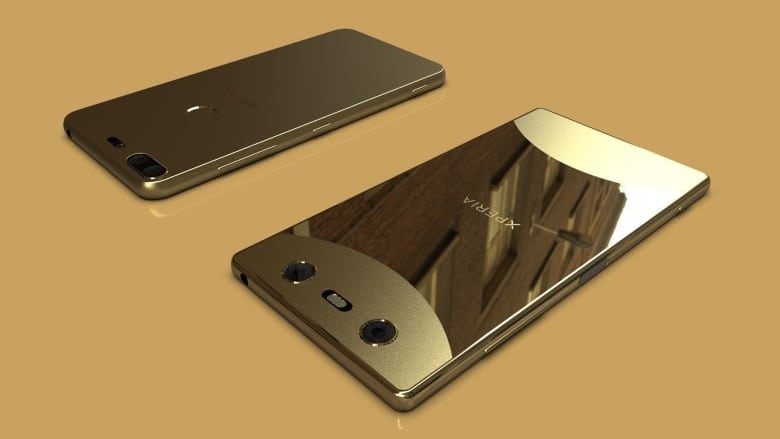
The two phones have a lot in common, such as the Qualcomm Snapdragon 835 processor, 4GB of RAM and 64GB of internal storage – specs that are more than adequate for the average user. Despite the similarity in looks and name, the two aren’t essentially the same devices in different sizes. The XZ2 not only happens to be bigger in size but also comes with cutting-edge features like wireless charging capabilities. Doing what it does best, Sony has also included some impressive camera features that include ability to record videos at 960 FPS at a resolution of 1080P, albeit for a mere 0.9 seconds at a time.
Nokia and the Return of Banana Phone
The Nokia brand, which has been revived under HMD Global, had a good run at the MWC 2018, with a whole spectrum of devices on display, from the much-talked-about Banana Phone aka the Nokia 8110 to the flagship Nokia 8 Sirocco smartphone. The Banana Phone created quite frenzy by simply tapping on the classic appeal of the Nokia handsets from a bygone era and raking up a sense of nostalgia in an entire generation of users whose first brush with the mobile technology was through a Nokia handset.
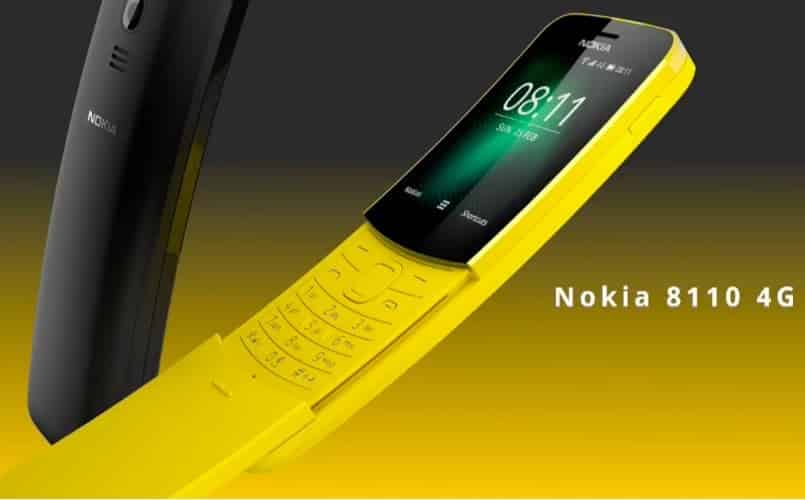
HMD Global has done a remarkable job of updating and refining classics to suit the need of the modern-day users. The phone with an all-too-familiar slider styling also comes loaded with a great deal of advanced functionalities. The Nokia 8110 offer LTE support, Google Assistant, along with a host of apps such as Facebook, Twitter, Google Maps, and of course, Snake. In addition to this, HMD Global has also rolled out four other handsets – the Nokia 1, Nokia 6, Nokia 7 Plus and Nokia 8 Sirocco. Of these, the 8 Sirocco is a flagship device with a premium design and some strong features, whereas the other three are mid-segment smartphones with an affordable price point.
AI, 5G, and Net Neutrality
On the themes front, this year’s event was primarily dominated by AI, 5G, and Net Neutrality. Different brands and companies demonstrated their own understanding and implementation of Artificial Intelligence in concept devices more than actual ones. So you had Huawei trying to turn a Porsche into a self-driving car by hooking it up to its Mate 10 Pro smartphone. Well, it couldn’t get the Porsche to self-drive but was definitely able to demonstrate its Kirin 970 processor’s ability to recognize objects such as soccer balls and dogs. Similarly, LG focused its attention on more realistic AI capabilities such as its camera’s ability to recognize objects in its field of view and optimize the setting for enhanced picture quality. The recognition feature is pretty much in line with LG’s focus on bringing in AI to its line-up of electronics such as washing machines and televisions.
Another key topic that dominated panel discussion and forum was turning 5G into a reality and how soon it was achievable. Several network equipment manufacturers also discussed how AI inclusions would be critical for developing and implement 5G services.
A rather surprising feature at the MWC platform was a discussion on Net Neutrality. However, the presence of US Federal Communications Commission Chairman Ajit Pai at the conference left little doubt that the merits of dismantling net neutrality laws in the US would be discussed at length on the platform.
The Misses
In the midst of the exciting action going on at the MWC, there were bound to be a few hits and misses as well. One of the biggest nay-moment of this year’s event was the mushrooming of far too many iPhone X look-alikes. And we are not talking about incorporating iPhone X features like bezel-less display, slimmed down body, or FaceID but unapologetic copying of its look and design without so much as striving to match the performance of Apple’s flagship device.
The other was Samsung’s attempt to respond to the Apple’s Animoji with its own AR Emoji. Sadly, with their misshapen creations and weird replication of expressions, these are just dreadfully disappointing.
Also a miss, quite literally, was headphone jacks. The MWC had a surprisingly large number of devices without the headphone jack, which means in the future there’ll be fewer handsets where you can plug in your earphones and charge the device at the same time.
